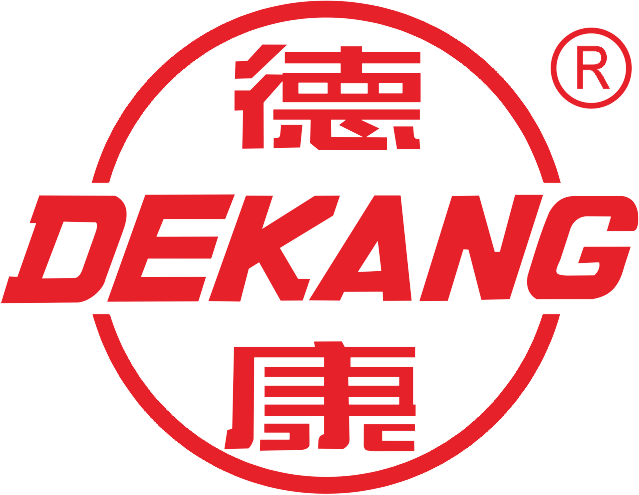How to establish an effective quality control system to ensure the stability and consistency of gravure composite inks?
Release time:
2024-11-08
To establish an effective gravure composite ink quality control system to ensure its stability and consistency, we need to start from many aspects. The following are the detailed steps

1. raw material control
- Supplier selection and evaluation
Strict screening of ink raw material suppliers, select suppliers with good reputation and perfect quality management system. For example, check whether a supplier is certified for a quality management system such as ISO 9001. Evaluate suppliers regularly, including raw material quality, delivery time, price and service. A supplier evaluation index system can be established, such as setting a quality weight of 60%, a delivery date of 20%, a price of 10%, and a service of 10%, and scoring regularly according to these indicators. - Raw material inspection
When each batch of raw materials is purchased, a comprehensive quality inspection is carried out. For pigments, check the hue, tinting strength, dispersibility and other indicators. For example, whether the hue of the pigment conforms to the standard color chart range is detected by a spectrophotometer, and the degree of dispersion of the pigment is detected using a blade fineness meter. For the resin, the molecular weight, acid value, softening point and other parameters were examined. For example, gel permeation chromatography (GPC) is used to measure the molecular weight distribution of the resin to ensure that it meets production requirements. Solvents are checked for purity, moisture content, etc. For example, the Karl-Fischer method is used to detect the moisture content in the solvent, which is required to be lower than a certain threshold, such as the ethyl acetate solvent commonly used in gravure composite inks, and the moisture content is generally required to be lower than 0.1%.
2. production process control
- Equipment Management
Gravure printing machines and ink production equipment should be regularly maintained. Establish an equipment maintenance plan, for example, the ink rollers, scrapers and other parts of the printing press are cleaned and inspected every week to ensure their normal operation. Install online monitoring equipment to monitor key parameters such as ink viscosity and fineness in real time. For example, the viscosity of the ink is monitored in real time by the viscometer, and when the viscosity exceeds the set range, it will automatically alarm and adjust. - Process Control
Strict production process standards, including ink formula ratio, mixing time, stirring speed, etc. For example, in the ink mixing process, the order of addition of pigments, resins and solvents and the stirring speed are specified to be 60 - 80 revolutions per minute, and the mixing time is not less than 30 minutes to ensure that the ingredients are fully and evenly mixed. Control the production environment to keep the temperature and humidity stable. Generally speaking, the temperature of the gravure composite ink production workshop is controlled at 20 - 25 ℃, and the relative humidity is more appropriate at 40%-60%, which can prevent the quality of the ink from fluctuating due to environmental factors.
Quality inspection of finished 3. products
- regular performance testing
Comprehensive performance testing of the finished ink, including color, viscosity, fineness, initial drying, adhesion fastness and other indicators. For example, using a color difference meter to detect the difference between the ink color and the standard color sample, the delta E value is required to be less than 1 (delta E is a value to measure the color difference). Viscosity detection can use rotational viscometer, fineness detection using scraper fineness meter, initial dryness through cross-cut test to assess, adhesion fastness is detected by tape stripping method, to ensure that the indicators meet the product standards. - Stability detection
An accelerated aging test was performed to simulate the stability of the ink under different environmental conditions. For example, the ink sample is placed in a high-temperature (60 ° C.), high-humidity (90% RH) environment for 72 hours, and the color change, viscosity change, and the like are observed. Long-term stability testing is also essential. Place the ink under normal storage conditions and test its performance regularly (such as monthly) to observe whether it can maintain stable quality during the shelf life.
4. staff training and management
- Quality awareness training
Quality awareness training for all employees involved in ink production, including the importance of quality control, quality standards, etc. Through internal training courses, case sharing sessions and other forms, employees can deeply understand the impact of quality issues on products and enterprises. - Skills training
Carry out training on production operation skills and quality inspection methods. For example, train employees on how to correctly operate ink production equipment, how to use testing instruments for accurate measurement, and regularly assess the skills of employees to ensure that they are proficient in relevant skills.
5. Quality Record and Traceability
- Quality Record Management
Establish a complete quality record system to record all quality-related information such as raw material inspection reports, production process parameters, and finished product inspection reports. These records shall be detailed, accurate and easily accessible. - Product Traceability System
Build a product traceability system so that when quality problems occur, you can quickly trace back to the link where the problem occurred. For example, the batch number of the ink product can be traced back to the raw material supplier, production date, production equipment and operators used in the batch.
Recommend News

